
The democratization of music technology over the past two decades has made it possible for artists of all levels to create high-quality recordings from the comfort of their own homes. Whether you're an aspiring musician, a seasoned artist looking to cut costs, or a music enthusiast wanting to explore the magic of sound creation, building a home studio is a solid investment.
The process might seem daunting at first, but fear not. This comprehensive guide aims to de-mystify the process and equip you with knowledge on how to set up a budget-friendly home studio. And if you're looking to level up your game, consider enrolling in our "Amplify Your Voice: How To Gain More Exposure as an Artist" course.
Start with a Dedicated Space
Absolutely. Before you start acquiring equipment, the first, and arguably one of the most important steps in setting up your home studio, is selecting an ideal space. Your room's characteristics can significantly influence the sound quality of your recordings. Here are some essential factors to consider when choosing your dedicated space:
Noise Levels
Look for the quietest room in your house, away from the hustle and bustle of daily activities and street noise. Any extraneous noise can bleed into your recordings, leading to poor quality. Consider the proximity of your space to high traffic areas in your home, as well as external factors like busy roads, construction sites, or noisy neighbors. Remember, the quieter the room, the cleaner your recordings will be.
Room Shape and Size
The size and shape of your room will play a crucial role in how sound waves behave within it. Larger rooms generally provide a better recording environment, as they allow sound waves to develop and are less prone to problematic echoes and standing waves. If possible, avoid small, boxy rooms, as they can create a boomy or boxy sound.
In terms of shape, rooms with parallel walls can create issues due to sound waves bouncing back and forth, leading to a phenomenon known as standing waves. Non-parallel walls can help diffuse these waves, providing a more balanced sound. Ideally, a rectangular room where the speakers can be placed along the shorter wall is preferred for optimal sound distribution.
Room Materials
The materials in your room can also affect your sound. Hard surfaces such as glass, concrete, or wood will reflect sound waves, potentially leading to issues like flutter echoes. On the other hand, softer materials such as carpets or heavy curtains can absorb these sound waves, reducing echo. Striking a balance between reflective and absorptive materials in your room can help control these reflections and create a more controlled sound environment.
Room Layout
Consider the layout of your room. Your workspace should be located in the center of the room, equidistant from the side walls to avoid excessive sound reflection. Your speakers should ideally be positioned in an equilateral triangle with your listening position, and the tweeters at ear level when you are seated at your workstation.
By carefully considering these factors when choosing and setting up your dedicated studio space, you can create an environment that maximizes the quality of your recordings and provides a productive and efficient workspace. Remember, even the most high-end gear won't compensate for a poorly chosen or configured space. It's worth taking the time to get this crucial first step right.
Invest in Essential Equipment
Creating music is part art, part science. While your creativity fuels the art, you'll need some specific hardware to handle the science. The essentials include a computer, Digital Audio Workstation (DAW), audio interface, studio monitors, and a quality microphone.
Computer and DAW
Your computer is the command center of your home studio. Most modern computers will suffice, provided they have a good amount of storage and a fast processor. The DAW is your virtual recording studio. Some popular, budget-friendly options include GarageBand (free for Apple users), Audacity (free), and Reaper (affordable and offers a free trial).
Audio Interface
An audio interface translates analog audio signals into digital data your computer can process. Focusrite Scarlett 2i2 and PreSonus AudioBox are great entry-level audio interfaces.
Studio Monitors
Good studio monitors provide flat frequency response, enabling you to hear a clear, unbiased sound. Entry-level options like the Presonus Eris E3.5-3.5" and Mackie CR3 provide excellent value for money.
Microphone
A good microphone is essential. The Audio-Technica AT2020 or the MXL 990 are popular choices for beginners.
Consider Acoustic Treatment
Acoustic treatment is often underestimated but plays a vital role in a home studio setup. Proper acoustic treatment ensures that what you hear during recording and mixing is a true representation of the sound without being distorted by room acoustics. Here's a deeper look at some budget-friendly treatments you can use to optimize your home studio's sound quality.
Bass Traps
Bass traps are designed to absorb low-frequency sounds that tend to accumulate in corners. They help reduce echo and prevent bass frequencies from muddying your mix. You can place these traps in the corners of your room, both where walls meet each other and where walls meet the ceiling or floor.
DIY bass traps are possible if you're handy, using materials like rockwool. Commercially, options like Auralex Acoustics Studiofoam Panels offer excellent value.
Diffusers
Diffusers scatter sound waves, reducing standing waves and echoes while maintaining a lively sounding space. They help create a balanced sound in your room by ensuring sound waves don't all bounce back in the same direction. They're often placed on the rear wall of a studio, but can also be useful on the ceiling.
If you're feeling crafty, you can make your own diffusers using wood or a similar material. However, there are also cost-effective solutions available commercially, like the Mybecca Wood Scattered Diffuser.
Foam Panels
Acoustic foam panels absorb sound energy, reduce echo, and manage reverb to improve the clarity of what you're recording or mixing. They're typically placed on walls around your recording area and the spot directly opposite your studio monitors.
Like bass traps, foam panels can be a DIY project using appropriate foam. Otherwise, Auralex Acoustics Studiofoam Panels and Foamily's Acoustic Foam Panels are popular commercial options.
Remember, while treating your space, the goal is not to completely deaden the room. A bit of liveliness can contribute to a more natural sound, especially for vocals. Moreover, it's important to tailor your acoustic treatment to your specific room and needs. You can experiment with the placement of these treatments to see what provides the best sound for your setup.
A properly treated room can make a significant difference in the quality of your recordings and mixes. While it may seem like an area where you could cut corners, thoughtful investment in acoustic treatment can elevate your home studio to new heights.
Never Underestimate the Power of Accessories
Accessories like microphone stands, pop filters, headphones, and cables often take a backseat when it comes to setting up a home studio. While they may not be the most flashy components, they play an essential role in your recording process and the overall quality of your output. Let's take a closer look at these unsung heroes.
Microphone Stands
A quality microphone stand provides stability and flexibility during your recording sessions. Depending on your needs, you might require different types of stands. A short desktop stand is handy for podcasting or simple vocal recording, while a full-sized adjustable stand suits those planning to record instruments or vocals while standing. Budget options like the Heil Sound PL-2T Overhead Broadcast Boom or the On-Stage DS7200B Adjustable Desktop Microphone Stand are well worth considering.
Pop Filters
If you've ever listened to a recording and heard an annoying popping noise when 'P' or 'B' sounds are made, you'll understand the importance of a pop filter. A pop filter is a screen placed between the vocalist and the microphone that reduces or eliminates the 'popping' sound caused by the mechanical impact of fast-moving air on the microphone. They're inexpensive, and options like Aokeo Professional Microphone Pop Filter shield your mic from those intrusive plosive sounds.
Headphones
A good pair of studio headphones is crucial for accurately monitoring your recordings and mixes. Look for closed-back headphones for recording to prevent sound from leaking into your microphone and open-back headphones for mixing for a more accurate stereo image. The Audio-Technica ATH-M20x offers an excellent balance between quality and affordability for those on a budget.
Cables
Lastly, but by no means least, you'll need cables to connect all your gear. While it might be tempting to skimp on these, poor-quality cables can degrade your sound quality and fail at the worst possible times. Look for well-shielded cables from reliable brands to minimize noise and ensure durability. Mogami and Hosa are reputable brands offering quality at a reasonable price.
While these accessories may not steal the show, they provide the support your recording process needs to run smoothly. Investing in these often overlooked aspects of your studio setup can significantly enhance your overall recording experience and final product quality.
Don't Forget to Learn and Experiment
Even with the best equipment, the secret sauce lies in learning how to use it effectively. This brings us back to our "Amplify Your Voice: How To Gain More Exposure as an Artist" course, where you can master the art of using your home studio to create compelling music that resonates with your audience.
Building your own home studio is an exciting journey that can open up a world of musical possibilities. It is an investment in your craft, empowering you to create, experiment, and grow as an artist. While this guide has equipped you with the basics, don't forget that the best studio is the one that works for you.
Creating music is an exhilarating journey, and every step you take contributes to your growth as an artist. From setting up your home studio to making the most of your talent and creativity, you have the power to create something truly exceptional. If you're ready to amplify your voice and gain more exposure, enroll in our course today. Turn up the volume on your music career. Let your voice be heard.









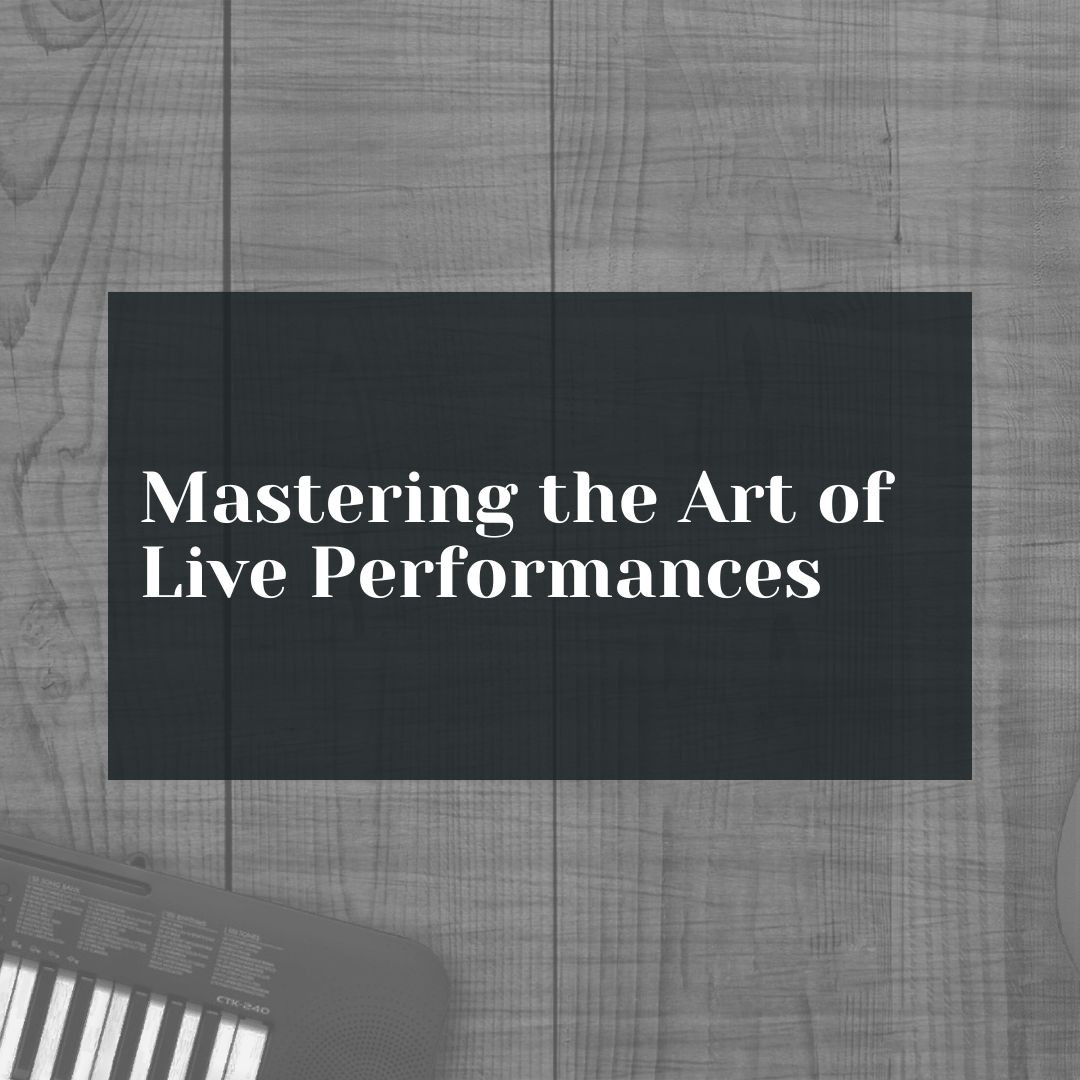










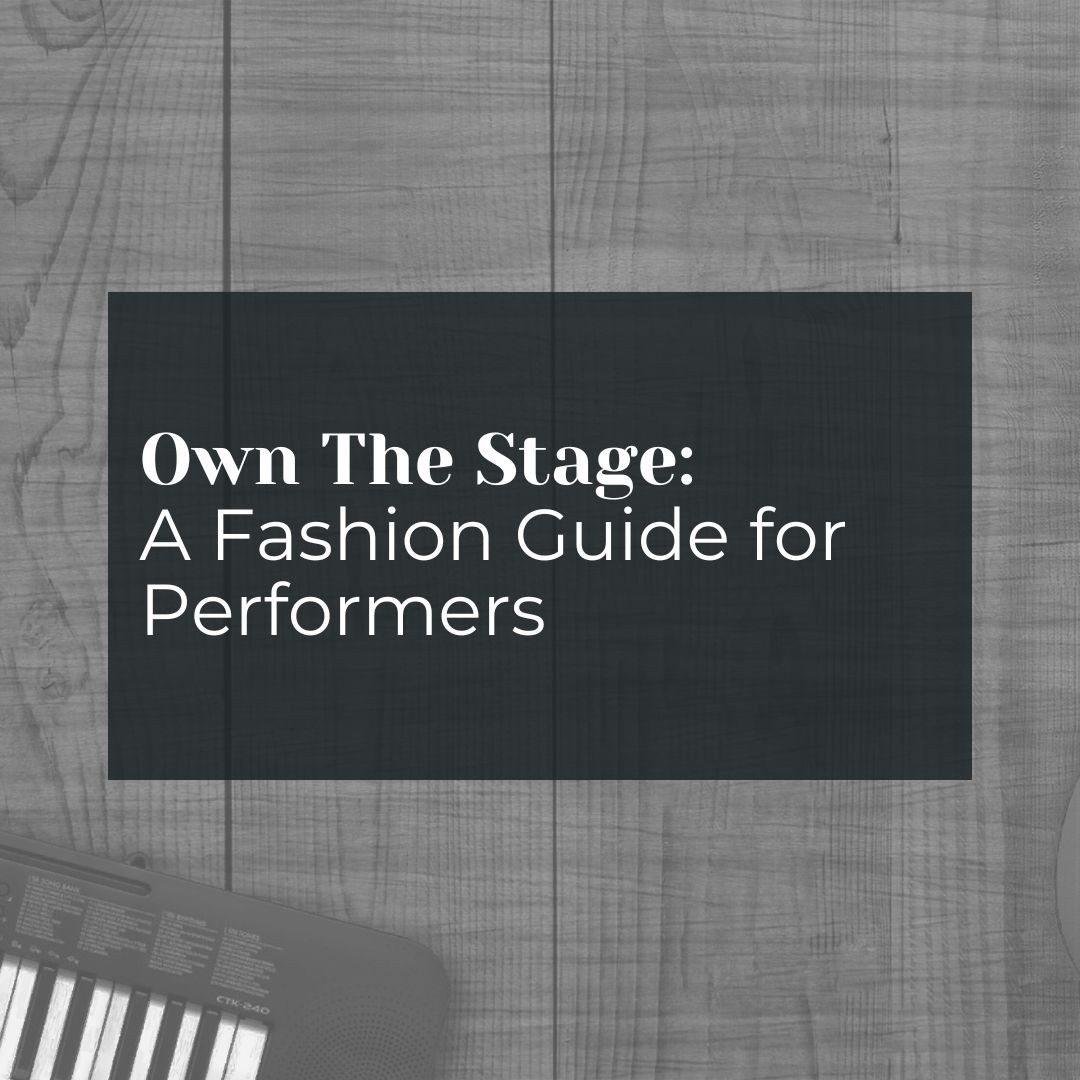


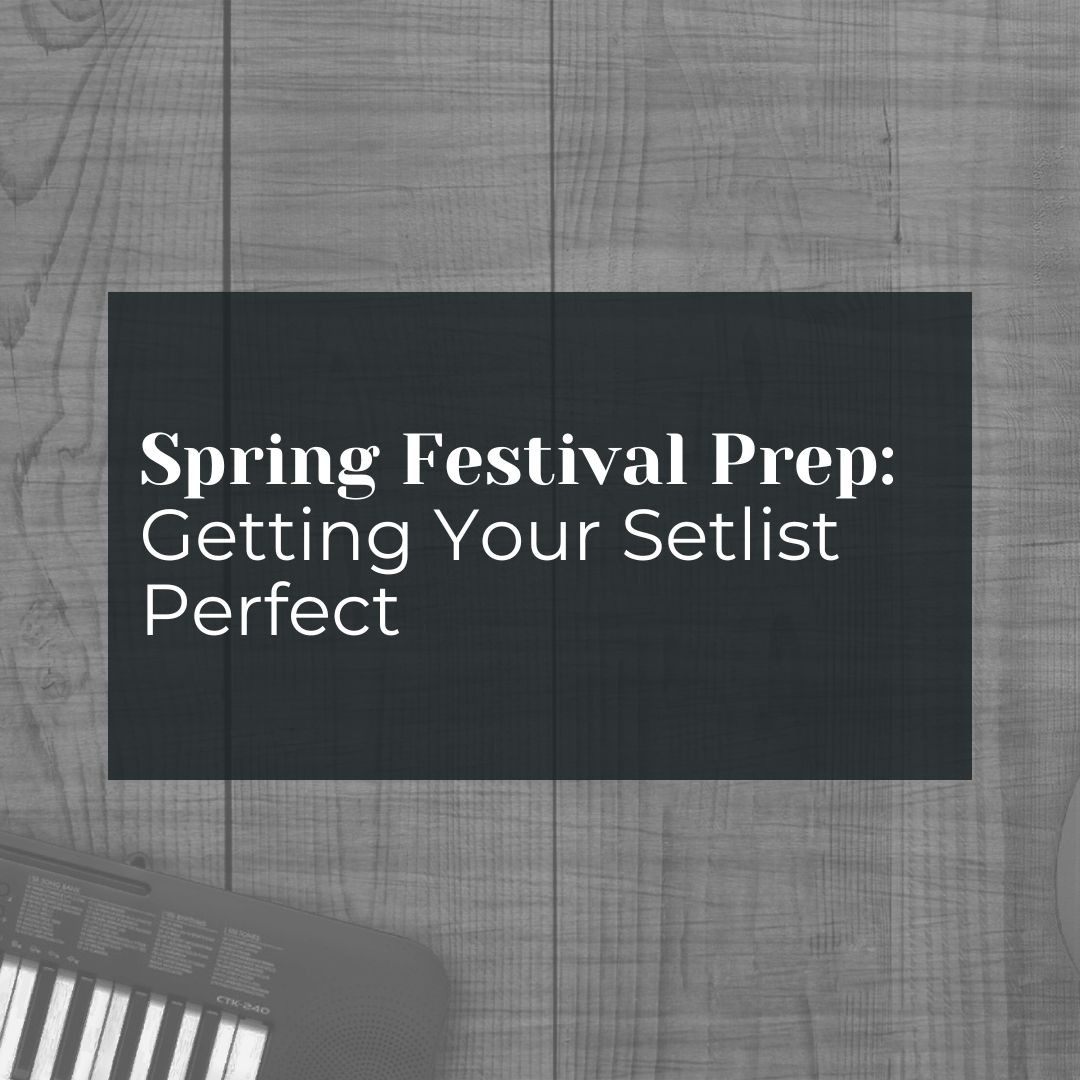

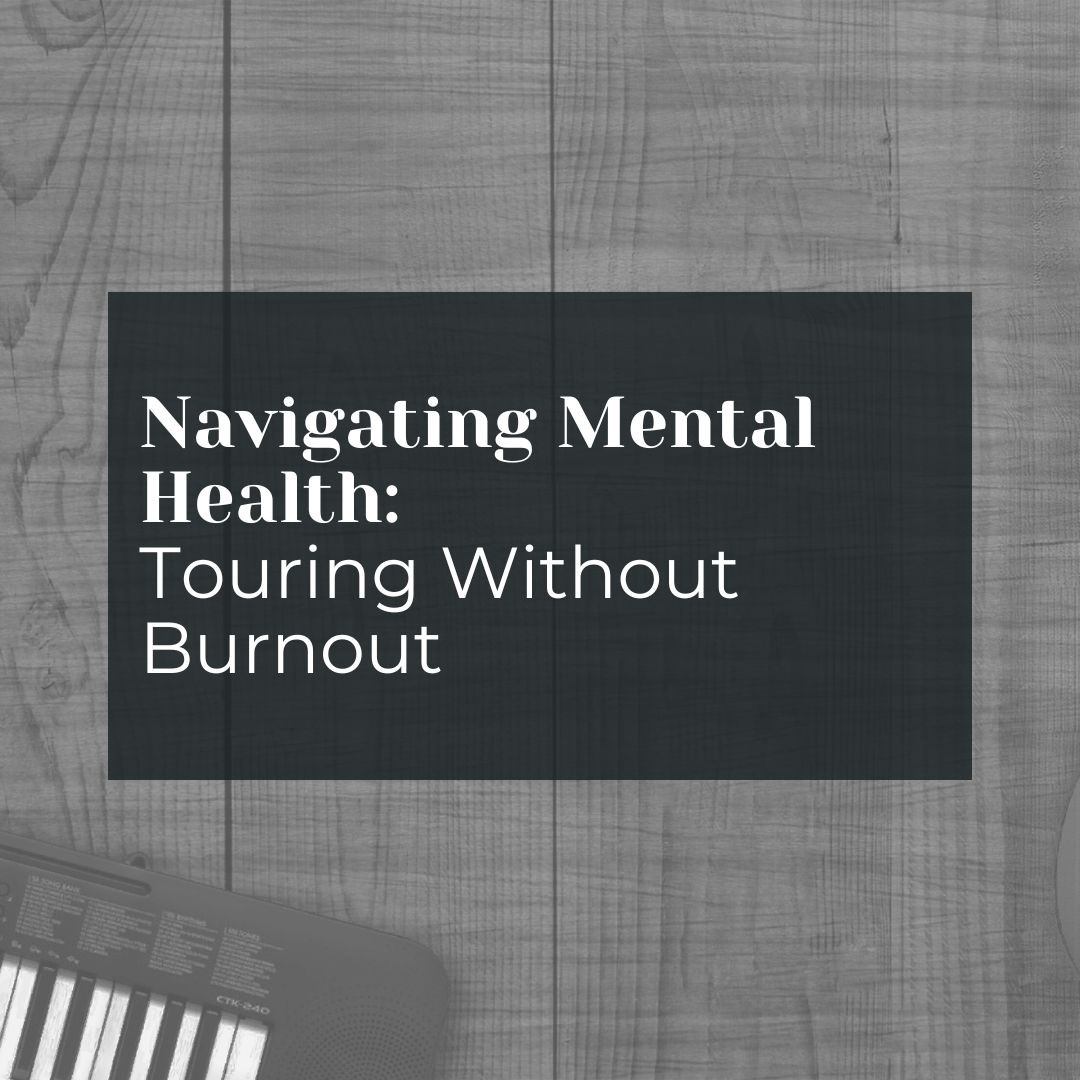





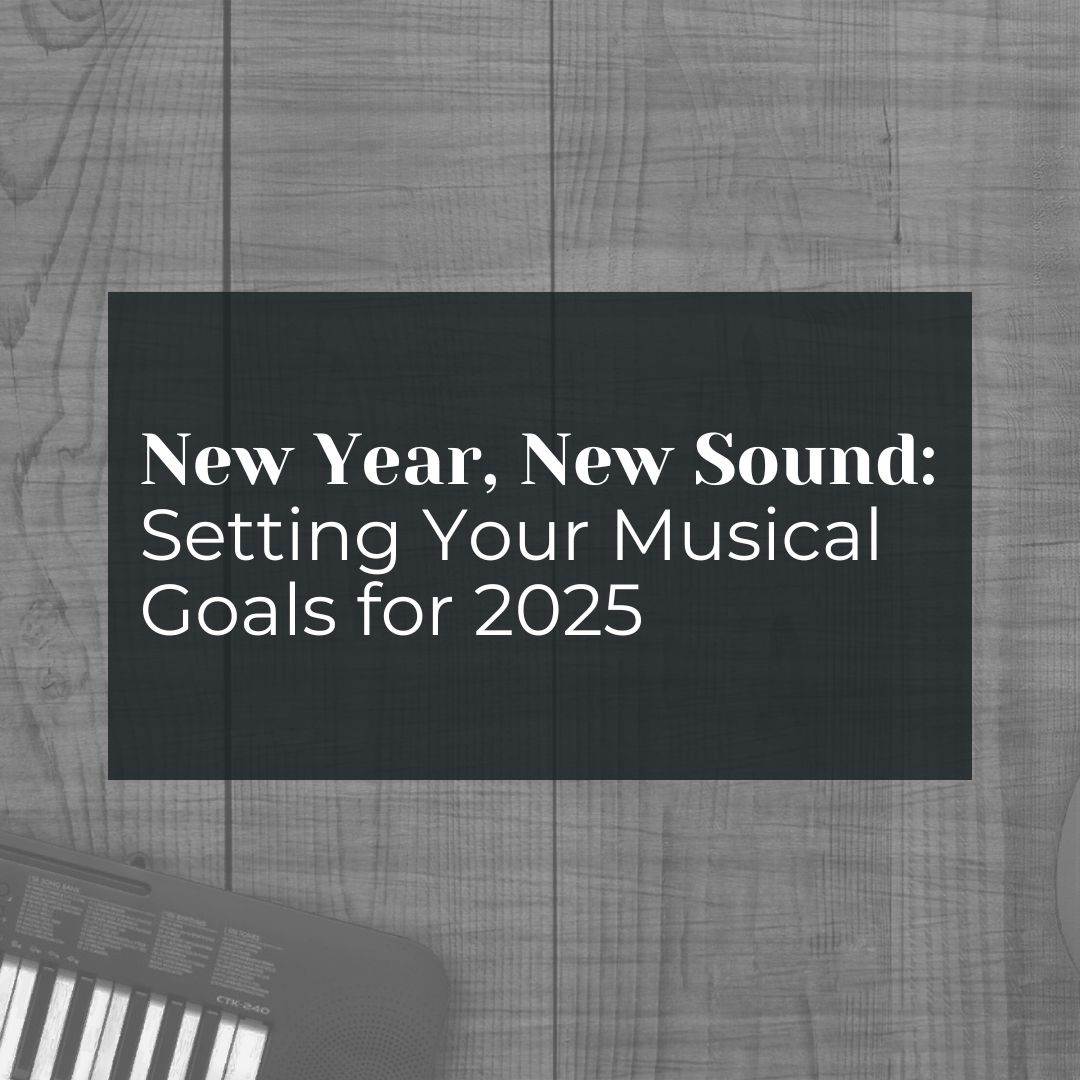







0 Comments